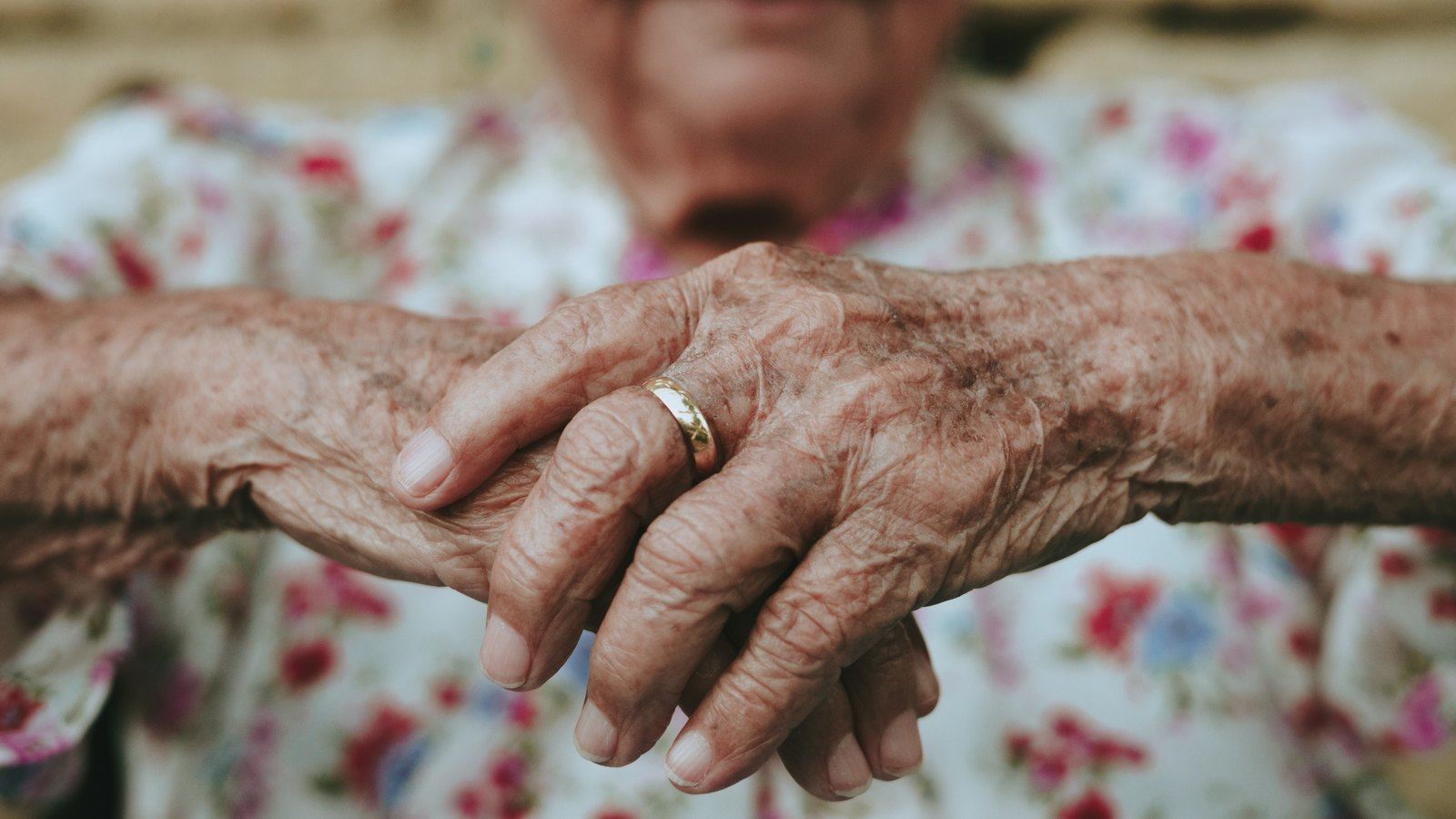| Dancing With Our Elders Benefits of dancing at all ages
by Kerry-Ann Stanton, 27th September 2022
Recently I spoke to a women’s dinner club and as part of that I managed to get everybody up and dancing. This was a surprise to me, and it turns out it was a surprise to everyone present.
So, what happened? Since 2012 I have lead seniors creative contemporary dance classes. Most recently Dancing Doyennes, a class I run based in Timaru. So, for a decade now I have had the total joy of dancing with people older than myself. I thought I would share with you some of what I think makes the difference and why I think it's so important that we continue to offer dance opportunities to all ages and stages, literally until we die. As part of that talk, I quoted from an IADMS poster, then posed the question ‘has this been my experience’? What do I notice? What do I plan my classes based on? The statements on the poster:
Benefits Physical
Who should dance? Everyone No previous experience is required to receive the benefits of participating in dance. Dance is easily adapted to a number of health conditions including limited mobility, disability, and Parkinson’s disease. What kind of dance should you take? Any style It could be tango, salsa, creative dance, contemporary, jazz, ballet, traditional and cultural forms, or any other style. There is currently no evidence to show that one specific style of dance provides greater benefits over other styles. How often should you dance? Benefits can be seen with as little as one 45-minute session per week for six weeks. Long-term dancing as well as longer and more frequent classes may provide even more benefit. This has been my experience in the last decade, and I agree with all the statements above. The sessions include a light warm up, creative activities and relaxed movement sequences that build from week to week. We have a couple of dances like nobody is watching and then finish in sitting. Things to watch for are:
As a registered Open Floor dance teacher, I encourage all my dancers to move like dance artists! One of our seated warm up songs was DJ Yoda - Walking the Blues (Champion Jack Dupree). The piece that got us up and moving around the room, The Glenn Miller Orchestra In the Digital Mood St Louis Blues March: We warmed down to Nina Simone - He’s Got the Whole World in His Hands: And settled in grace to, Einaudi: Melodia Africana I: There is a wonderful range of music to choose from these days, including remixes of old favourites. Instrumentals to use our imaginations, songs to sing along to as we dance. As Isabella Radici is quoted: "Stifling an urge to dance is bad for your health – it rusts your spirit and your hips!" I encourage each of you to contemplate ways that you too might engage with seniors in your community. Just because you can!
Further article: https://openfloor.org/dance-for-life/ |


 Kerry-Ann
Stanton, a dance ‘aficionado’ of long standing, dancing for personal
re-creation since birth and keen audience forever. Committed to creating
safe, sacred and intentional space for movement exploration.
Kerry-Ann
Stanton, a dance ‘aficionado’ of long standing, dancing for personal
re-creation since birth and keen audience forever. Committed to creating
safe, sacred and intentional space for movement exploration.